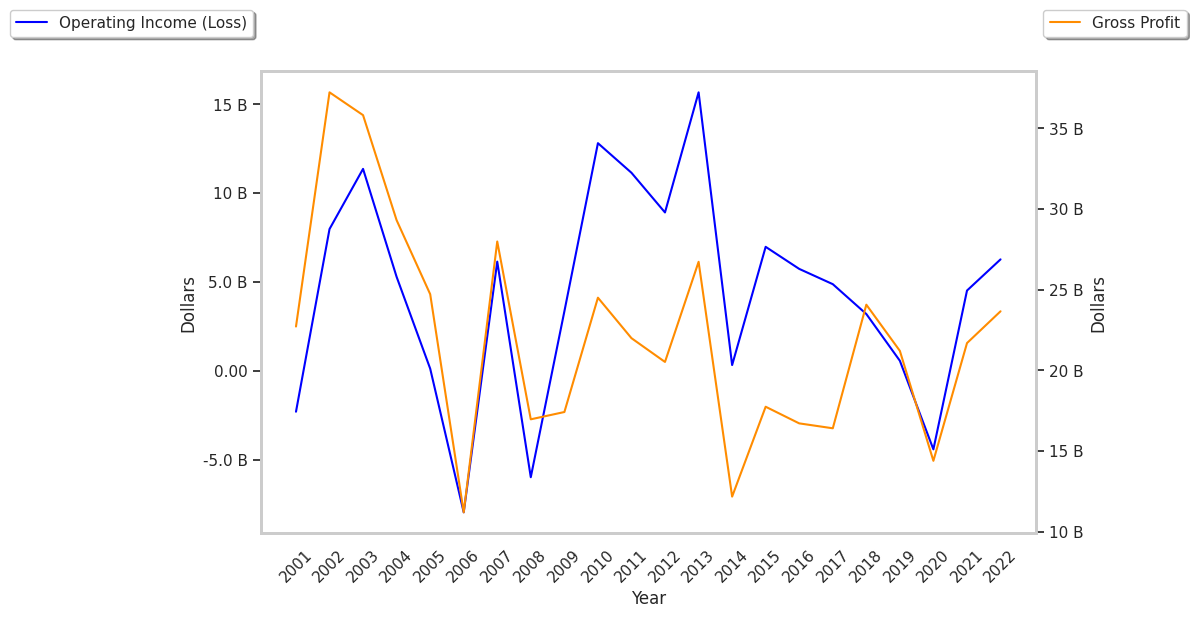Auto Manufacturers company Ford Motor is taking Wall Street by surprise today, falling to $9.96 and marking a -4.0% change compared to the S&P 500, which moved 0.0%.
F currently sits within range of its analyst target price of $10.37, which implies that its price may remain stable for the near future. Indeed, the average analyst rating for the stock is hold. Over the last year, Ford Motor has underperfomed the S&P 500 by -26.7%, moving -14.8%.
Ford Motor Company develops, delivers, and services Ford trucks, sport utility vehicles, commercial vans and cars, and Lincoln luxury vehicles worldwide. The company is a consumer cyclical company, whose sales and revenues correlate with periods of economic expansion and contraction. The reason behind this is that when the economy is growing, the average consumer has more money to spend on the discretionary (non necessary) products that cyclical consumer companies tend to offer. Consumer cyclical stocks may offer more growth potential than non-cyclical or defensive stocks, but at the expense of higher volatility.
Ford Motor's trailing 12 month P/E ratio is 8.0, based on its trailing EPS of $1.25. The company has a forward P/E ratio of 7.1 according to its forward EPS of $1.75 -- which is an estimate of what its earnings will look like in the next quarter. As of the third quarter of 2024, the average Price to Earnings (P/E) ratio for US consumer discretionary companies is 20.93, and the S&P 500 has an average of 29.3. The P/E ratio consists in the stock's share price divided by its earnings per share (EPS), representing how much investors are willing to spend for each dollar of the company's earnings. Earnings are the company's revenues minus the cost of goods sold, overhead, and taxes.
To deepen our understanding of the company's finances, we should study the effect of its depreciation and capital expenditures on the company's bottom line. We can see the effect of these additional factors in Ford Motor's free cash flow, which was $6.74 Billion as of its most recent annual report. The balance of cash flows represents the capital that is available for re-investment in the business, or for payouts to equity investors as dividends. The company's average cash flow over the last 4 years has been $8.58 Billion and they've been growing at an average rate of -13.9%. F's weak free cash flow trend shows that it might not be able to sustain its dividend payments, which over the last 12 months has yielded 5.8% to investors. Cutting the dividend can compound a company's problems by causing investors to sell their shares, which further pushes down its stock price.
Value investors often analyze stocks through the lens of its Price to Book (P/B) Ratio (its share price divided by its book value). The book value refers to the present value of the company if the company were to sell off all of its assets and pay all of its debts today - a number whose value may differ significantly depending on the accounting method. Ford motor's P/B ratio of 0.89 indicates that the market value of the company is less than the value of its assets -- a potential indicator of an undervalued stock. The average P/B ratio of the Consumer Discretionary sector was 2.93 as of the third quarter of 2024.
Since it has a Very low P/E ratio, an exceptionally low P/B ratio., and positive cash flows with a downwards trend, Ford Motor is likely fairly valued at today's prices. The company has strong growth indicators because of a PEG ratio of less than 1 and weak operating margins with a unknown rate of growth. We hope you enjoyed this overview of F's fundamentals. Be sure to check the numbers for yourself, especially focusing on their trends over the last few years.



